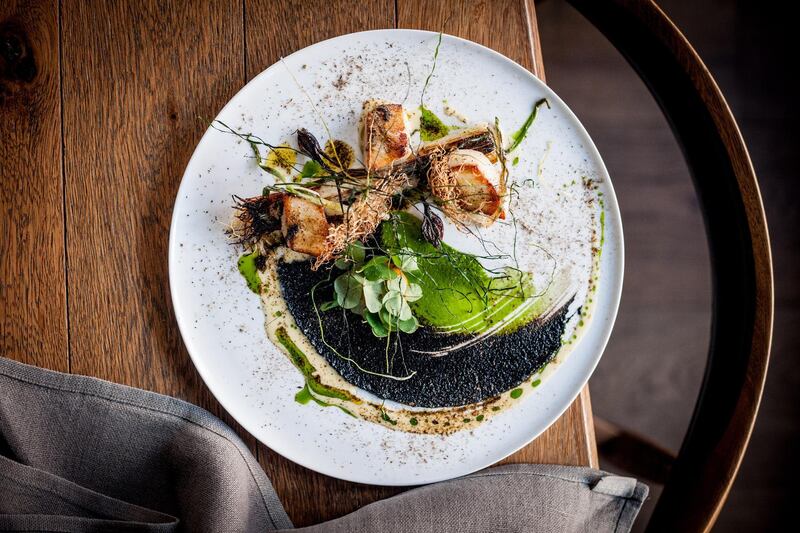"Chef Sergio Herman partners with At.mosphere for a two-night dining experience"; "Nobu Matsuhisa and Giorgio Locatelli cook together in a culinary first"; "Galvin brothers open their second restaurant in the UAE"; "Paco Pérez creates menu for Ritz-Carlton Dubai."
In the past six months alone, the UAE has welcomed at least a dozen chefs – all men, incidentally – who head or work at Michelin-starred restaurants in their home countries. This is not counting the chefs who already operate glamorous eateries in Abu Dhabi and Dubai, in addition to other international venues that have earned them pride of place in the Michelin Guide. These are people who lead teams of talented cooks to create, innovate and delight on an hourly basis, and adhere to the Guide's exacting criteria to maintain delicious perfection.
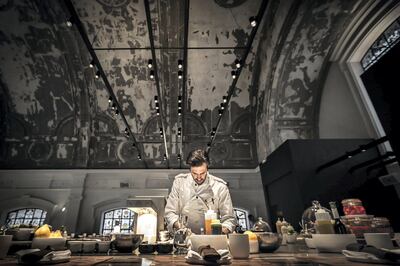
Chef Seiji Yamamoto, for example, oversees proceedings at Nihonryori RyuGin in Tokyo, where he seeks to “plate the prodigality of Japanese cuisine”. Accordingly, diners can enjoy creatively put-together dishes such as the Summer Duck, which has succulent strips of medium-rare meat laid out on hot stones, topped with a poached egg and served with sizzling hot duck broth and pickled fruit with ginger. Yamamoto’s famous Message from the Coast of Japan, meanwhile, is a seven-plate dish that includes distinctive seasonal flavours such as skipjack tuna with eggplant, flounder with yuzu paste, aji horse mackerel with sesame paste, and jellyfish with okra. However, so compulsive is the chef about the dining experience that he insists guests avoid wearing strong-smelling perfumes, lest they interfere with the aromas of the food. He also once famously sent an eel for a CT scan to better familiarise himself with its anatomy.
Stateside, chef Grant Achatz and restaurateur Nick Kokonas run the show at Alinea, one of only two starred restaurants in Chicago, which is known for its innovative dishes – floating green apple helium balloons; fried sweetbread with ginko nuts eaten with cinnamon slivers that double as chopsticks; and rare Japanese icefish in a tart, fermented kumquat sauce. These creations are served by an army of stealthy staff, on exquisite bowls and platters in an elegant two-storey house in Lincoln Park, with alabaster walls, ceiling-hung artworks and a dramatic spiral staircase. Patrons typically need to plan a meal at both these venues weeks in advance, with Alinea boasting a minimum three-month waiting period.
Meanwhile, people flock by the dozen to Jean Georges in New York, which serves a more casual Taste of Spring lunch menu that will set you back a mere US$38 (Dh140) – a far cry from RyuGin and Alinea’s astronomical prices. And yet, all three restaurants have been honoured by the highest Michelin accolade: three stars, awarded to restaurants helmed by “chefs who are at the peak of their profession”, where cooking is akin to an art form and dishes are destined to become classics.
"It's all about the food and what's on the plate, fundamentally and most importantly. The rest can then follow as you like," says British chef Tom Aikens, who recently opened Pots, Pans and Boards in Dubai. This might explain why Yat Lok, a hole-in-the-wall eatery that serves a lone goose dish with drumstick and noodles (Dh60) in a seedy alley in Hong Kong, and Liao Fan, an open-air stall in Singapore that does a mean soya sauce chicken and rice (Dh6), share their stellar status with Geneva's Le Chat Botté, The Jane by Sergio Herman in Antwerp, and Imàgo at Hotel Hassler in Rome.
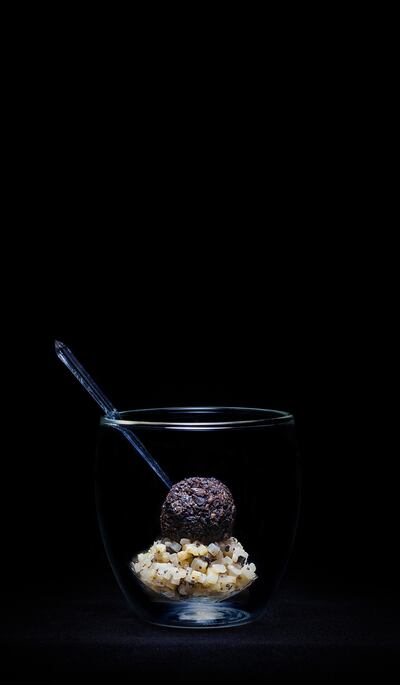
A single star indicates a very good restaurant in its category, while two stars represent excellent cooking. Given that Michelin is, originally, a tyre company, the stars were originally used to indicate the value of the food served at a restaurant vis-à-vis the distance one needed to travel to get to it. Two stars indicate an eatery is worth the detour, while three stars warrant a special journey.
While pristine linens and polished crystal may not be determining factors when it comes to impressing the anonymous Michelin inspectors, top-notch ingredients are a must. Points are also awarded for quality, creativity, consistency and even pricing. A handful of reasonable restaurants aside, the majority of Michelin-starred eateries are expensive. It is the job of the food inspectors to gauge both the taste of a dish and whether it justifies its price tag, based on top-quality produce. "The standard and quality of the food need to be very high. You cannot buy cheap things or poor products and then sell them as expensive dishes," says Antonio Mellino, who heads the dual Michelin-starred Quattro Passi on Italy's Amalfi Coast.
"People understand good food now. They know what a Michelin star means and they come with expectations. You need to make a difference to their experience and keep innovating so your customers will not be bored," adds the chef, who opened a branch of his restaurant in Dubai last month.
That the culinary offerings in the UAE – and the chefs who whip them up – are evolving to superlative standards has not gone unnoticed by the Michelin body, it seems. In April last year, Michael Ellis, the international director of the Michelin Guide, said at the Global Restaurant Investment Forum: “Dubai is an emerging market. It is arguably one of the most exciting and dynamic restaurant cities in the world… it’s only a matter of time before the Michelin Guide comes to Dubai. It would be easy to do here, because it’s a relatively small city, and English-speaking. So my guess is that it will be sooner rather than later. We could even do it next year, but that would be speculation at the moment.”
The prospect of Michelin inspectors descending on Dubai has both supporters and opponents. While many think the Guide should have graced the UAE’s shores years ago, others believe that the country is not yet ready, arguing that international cuisines aside, the city needs to be better represented in terms of food from the Arab world. “We just don’t have the pool of talent nor the ingredients to reach the standards qualifiable for a Michelin Guide. Also, people here are too transient, so it’s hard to build the consistency that, needless to say, is an absolute requisite in qualifying for a Michelin star,” says Jarek Wysmyk, executive head chef at Dubai’s Society Café and Lounge, who has worked at the Michelin-starred restaurant The Rustic Stone in Dublin. Some chefs speculate that the body is waiting on authorities in the UAE to give their final approval and the requisite financial support.
Chris Galvin, who opened Demoiselle and Galvin Dubai in City Walk along with his brother Jeff, sums up the argument in his no-nonsense way. “The Michelin body and its inspectors are thorough professionals. The fact that they’re not yet here is not an oversight; they do everything for and with a reason. If and when they come to Dubai, it will mean that they are ready for the city – and the city is ready for them.”
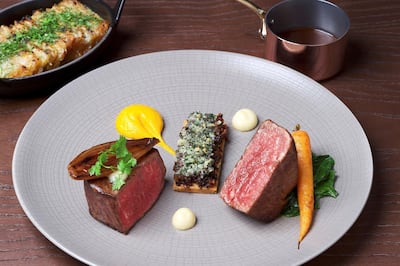
Galvin is also one of the few chefs who openly admits that the pressure of running a Michelin-starred restaurant can be overwhelming. Earlier this year, French chef Sébastien Bras asked that his Le Suquet restaurant be stripped of its three stars, because of the anxiety of living up to Michelin standards.
"Be careful what you ask for," is Galvin's take on the issue. "The pressure that the staff of a Michelin-starred restaurant are under is immense. To achieve that level of perfection day after day, plate after plate, can take its toll. And to not know whether the person you're serving is or isn't an anonymous Michelin inspector, come for one of their routine checks, means that the pressure is constant. I almost miss the simpler days before our restaurants were awarded the stars," the chef says.
While Galvin is not alone in his candour, there are many who will categorically say that the honour more than makes up for the stress involved. “This pressure, of course it is there and it is very high. It is also very necessary. It drives you as a chef,” says Mellino. “If you don’t feel the pressure or don’t find it stressful, there is something wrong. You wake up every morning, and you have no idea what your day will be like, if you will have missing ingredients or staff, or unexpected guests. But it should be hard. It needs to be like that, so you are challenged and you do your best.”
Another "controversy" that often rears its head is the legitimacy of the "Michelin-starred chef" tag. Technically, there is no such title, because the Guide awards restaurants, not individuals. Spanish chef Paco Pérez says: "If a chef starts a new restaurant, he needs to try and get to the required standard or level. You can't carry forward the star just because you worked for a restaurant that has been awarded one. Same goes for the restaurants, they can only retain the star if the quality is maintained under the new chef and staff."
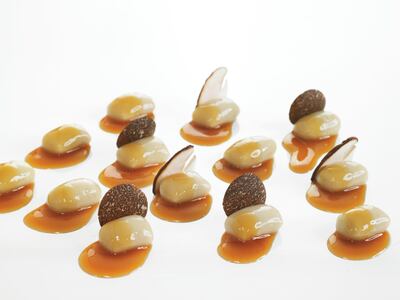
Mellino, on the other hand, is of the opinion that the title should depend on whether the owner of a restaurant is also its chef. “If I am the owner of the restaurant and I am its chef too, I take everything when I leave to go and do a restaurant anywhere else – the reputation, the recognition and the Michelin stars, of course. I am the one who earned the star. If you are the owner of the restaurant, the star stays with you.”
It’s an interesting debate, but going by official Michelin protocol, the non-transferable stars means that not only does the UAE not have any Michelin-starred restaurants (yet), but none of the gourmands who operate their restaurants here can technically call themselves Michelin-starred chefs, either. And yet, a big draw of the eateries and events that these talented men are in charge of is their illustrious backgrounds.
We pay Dh1,900 for a Peking duck at Hakkasan Abu Dhabi in Emirates Palace because of the reputed chain’s multiple Michelin stars worldwide. We get excited when Nobu and Locatelli prepare a meal together because of their extensive award-winning expertise. And Thomas Keller’s seven Michelin stars (although such a figure is not technically possible) are likely to draw diners to his newly opened Bouchon Bakery in Dubai.
A chef with Michelin-standard experience is undeniably alluring to the region's well-heeled foodies. As to whether this will still hold true when the Guide makes its way to the UAE – and chooses its deserving restaurants, irrespective of the backgrounds of those who run them – remains to be seen.
